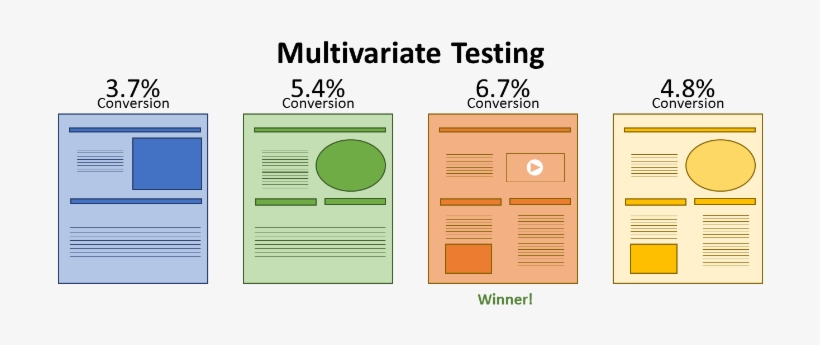Behavioural segmentation
What is behavioural segmentation?
Behavioural segmentation refers to the practice of dividing websites’ traffic into segments based on how people use websites. Context and objective both play vital roles in determining the type of audience a story is intended to hit.
Traditional practices tend to segment visitors some recurring factors like geography, demographics and technology like an operational system of their device. Similarly, there are other event-driven lifecycle events (purchases, lifetime value, repeat visits, average order value.)
Implementing a behavioural segmentation strategy at your venue or company is simple and can play an important role in optimizing the customer experience.
Examples of behavioural segmenting
For example, a certain visitor to an online retail site may fall into the following “traditional” segments:
Demographics: Male/Female (This we know due to data browsing history)
Age: 25-34 years old
Visitor type: Returning/New
Marketing Funnel Source: Email
Geographical location: Country or state
Behaviour segments are typically calculated on a per-session basis because they’re dynamic.
Other segments of personality include:
Explorers: People who are passive consumers are more likely to be persuaded by advertisements and other marketing tactics.
Rushers: People who are visiting and in a rush to buy something.
Maximizers: Anyone struggling with FOMO should consider all the available options before rushing to a decision.
The advantages of behavioural segmentation are simple: it adapts to and appeals to, people based on individual needs.




